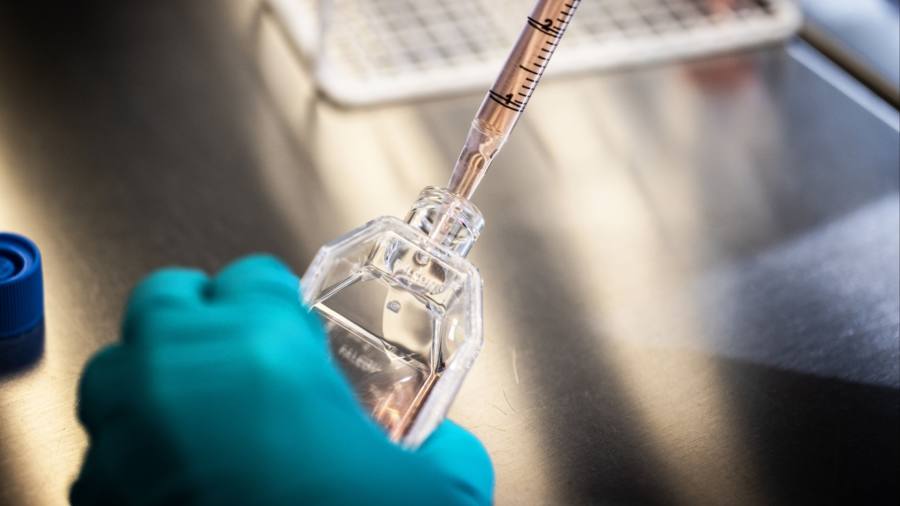
Receive free Healthcare costs updates
We’ll send you a myFT Daily Digest email rounding up the latest Healthcare costs news every morning.
It is somewhat ironic that Denmark’s economic growth in the first half of the year was driven almost entirely by the stellar performance of Novo Nordisk, a Danish pharmaceutical group. The company’s increasingly popular drug, Wegovy, tackles another kind of expansion: human waistlines. This week it became Europe’s most valuable company. Its stock has risen over fourfold since 2018. The US approved the medication two years ago, and on Monday Britain’s NHS launched it on a limited basis. The fanfare behind the weight-loss injection, and others like it, is understandable. They have enormous potential to boost public wellbeing and slash healthcare costs throughout the world.
Obesity is a chronic and relapsing disease. Since 1975 its prevalence has nearly tripled. Over 1bn people worldwide are obese, according to the World Health Organization, with the number expected to almost double by 2035. More sedentary lifestyles, combined with the rising availability of cheap processed foods, mean it is a problem for both rich and developing countries. Overweight and obesity is the fifth leading risk for global deaths, and results in a higher prevalence of knock-on illnesses including diabetes, heart disease, certain cancers and more severe symptoms of Covid-19. The social stigma that comes with it can also lead to mental illness.
The effectiveness of a new class of weight-loss drugs such as Wegovy, so-called GLP-1 receptor agonists, underscores the vital and innovative work of pharmaceutical scientists. The injection works by suppressing appetite and slowing the movement of food through the gut. In clinical trials, those on semaglutide, the chemical used in Wegovy, lost 15 per cent of their body weight. US company Eli Lilly has also applied for regulatory approval to use its diabetes drug Mounjaro to treat obesity.
The financial dividends will be vast. Investors will be focused on the projected $200bn market value within the next decade. But the potential to reduce the strain on government budgets will be most significant, just as demands for health spending rise more generally. The World Obesity Federation expects the economic cost of overweight and obesity to reach 3 per cent of global gross domestic product annually by 2035 — on par with the impact of Covid-19 in 2020. This includes the impact on healthcare expenditure, reduced productivity at work, and premature retirement or death.
For all the benefits, there are risks that need to be carefully managed. First, there is limited understanding of the drug’s long-term impact and this will need to be closely monitored. Second, the drug will initially be expensive. Private patients in the UK are expected to pay up to £300 per month. As more companies come into the market, and patents expire, prices will fall. But, in the interim, governments need to ensure that the most needy, including those on lower incomes and at a higher health risk, are prioritised for subsidised access — while those using it for cosmetic purposes should pay the market price.
Above all, the drugs must be considered a complement rather than a replacement for broader weight-loss measures. There is a risk that both health and cosmetic users fail to make other important lifestyle adjustments. Users in trials often put weight back on after stopping treatment.
As the drugs become more prevalent, public information campaigns on poor diet, exercise and the misuse of weight-loss medication will be essential, alongside informative food labelling and access to gyms. For the less well-off, who may be priced out of superfood diets or fitness memberships, this will have greater significance. Wider access to effective weight-loss drugs will be a boon for global welfare. But it should not become an opening to less healthy habits.